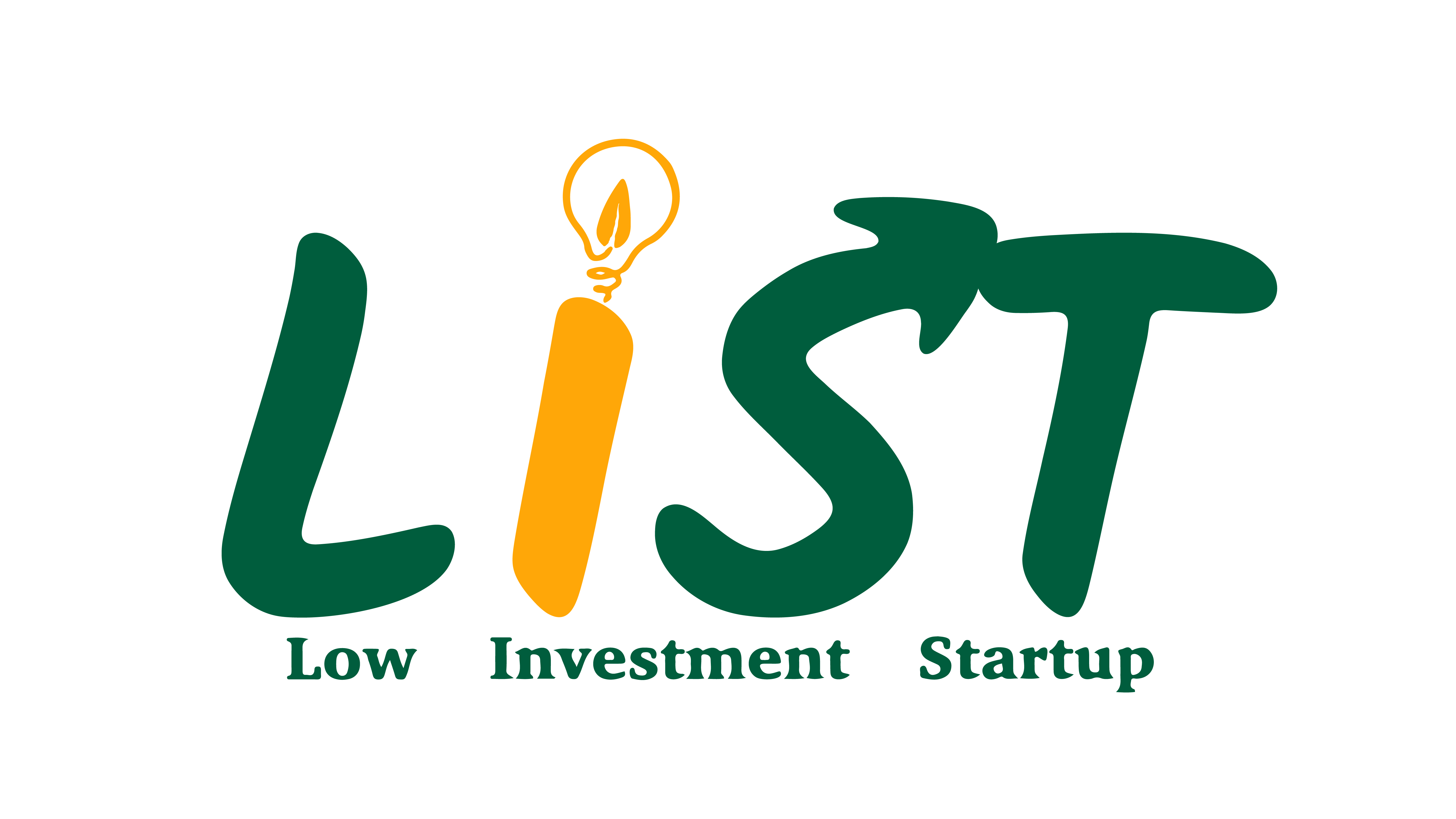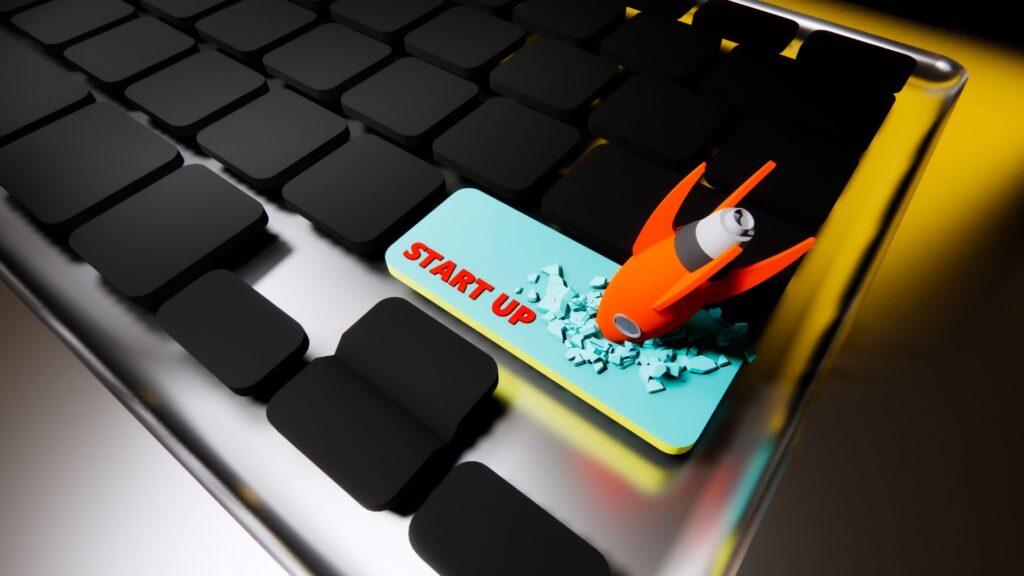How to Pivot Your Startup Strategy When Things Go Wrong
When things don’t go as planned, pivoting your startup strategy can be a crucial move. A successful pivot can help your startup adapt to new market conditions, better meet customer needs, and ultimately achieve long-term success. Here are some steps to effectively pivot your startup strategy when things go wrong.
Key Steps to Pivot Your Startup Strategy
- Identify the Problem: Clearly understand what isn’t working in your current strategy. This could be due to market changes, customer feedback, or internal issues
- Gather Data and Feedback: Collect data from your customers, employees, and market analysis to identify potential new directions. Understanding the root cause of the problem is essential for making informed decisions
- Evaluate Your Options: Consider various pivot strategies, such as targeting a new customer segment, changing your product offering, or adopting a new business model. Evaluate the potential impact of each option on your business
- Develop a Pivot Plan: Create a detailed plan outlining the steps needed to implement the pivot. This should include timelines, resource allocation, and key performance indicators (KPIs) to track progress
- Communicate with Stakeholders: Keep your team, investors, and customers informed about the changes and the reasons behind them. Clear communication is crucial for gaining their support and ensuring a smooth transition
- Execute and Monitor: Implement the pivot plan and closely monitor the results. Be prepared to make adjustments as needed based on feedback and performance data
Real Case Study: PayPal
Challenge: PayPal initially started as a company offering software for handheld devices, which did not gain significant traction in the market.
Solution: After recognizing the market’s demand for online payment systems, PayPal pivoted to focus on enabling secure money transfers over the internet
Results: The pivot was highly successful, leading to rapid growth and eventual acquisition by eBay. PayPal is now one of the leading online payment platforms globally.
Key Learnings: Understanding market needs and being flexible enough to change direction can lead to significant opportunities and success.
Actionable Insights for Entrepreneurs
- Be Proactive: Actively look for signs that indicate a need for a pivot and be prepared to act quickly.
- Show Appreciation: Recognize and appreciate the efforts of your team during the transition period.
- Be Open to Feedback: Continuously gather feedback from customers and stakeholders to refine your pivot strategy.
Building a sustainable and ethical business model is a continuous journey that requires dedication, innovation, and a commitment to making a positive impact. By integrating these practices, businesses can not only contribute to a better world but also ensure their long-term success and profitability.
To learn more about Low-Investment, High-Impact Startup Assistance, visit Listartup’s website at https://listartup.com/.





Your article helped me a lot, is there any more related content? Thanks!
Thank you so much! We’re really glad you found it helpful. You can find more valuable content here: https://listartup.com/blog/
Your article helped me a lot, is there any more related content? Thanks!
Thank you so much! We’re really glad you found it helpful. You can find more valuable content here: https://listartup.com/blog/
Can you be more specific about the content of your article? After reading it, I still have some doubts. Hope you can help me.
Your point of view caught my eye and was very interesting. Thanks. I have a question for you.